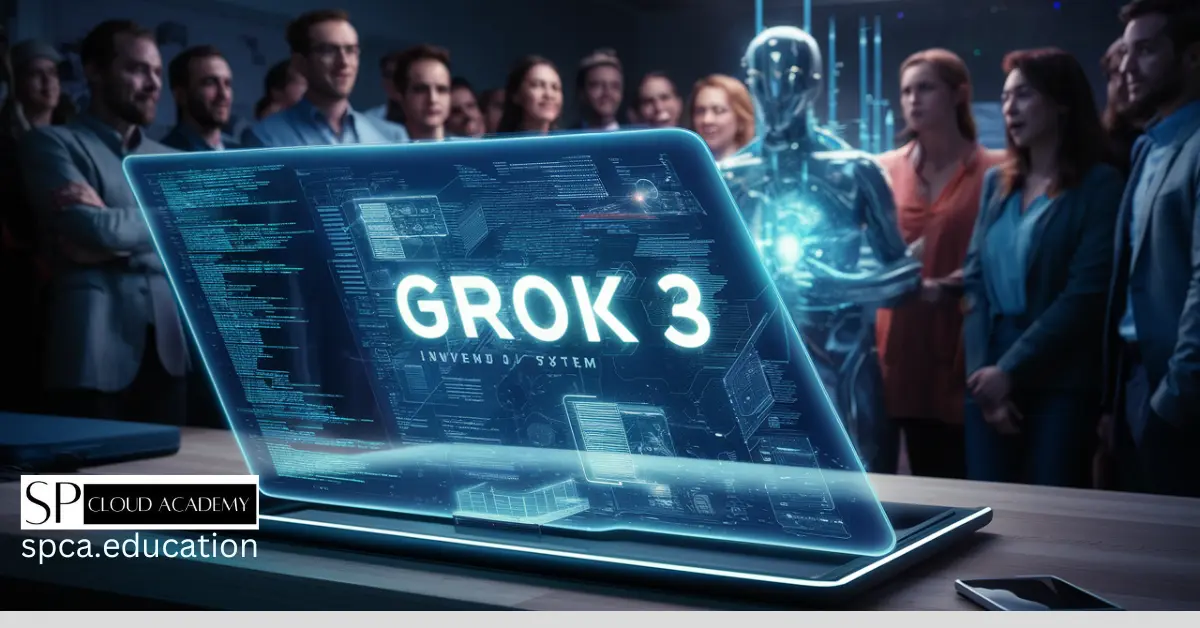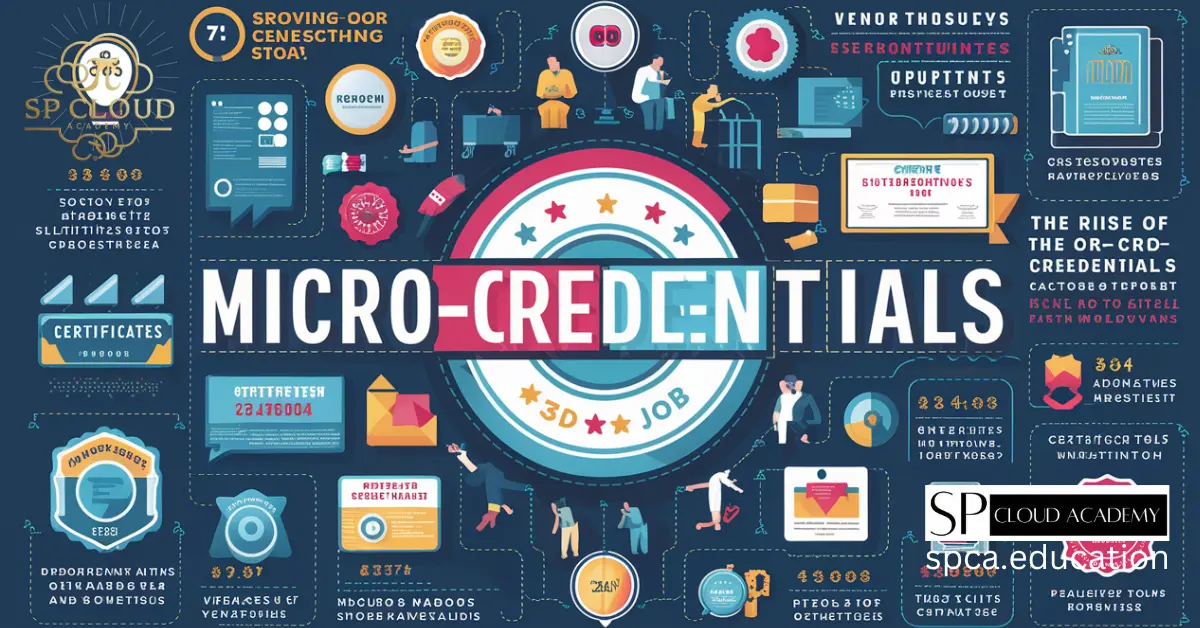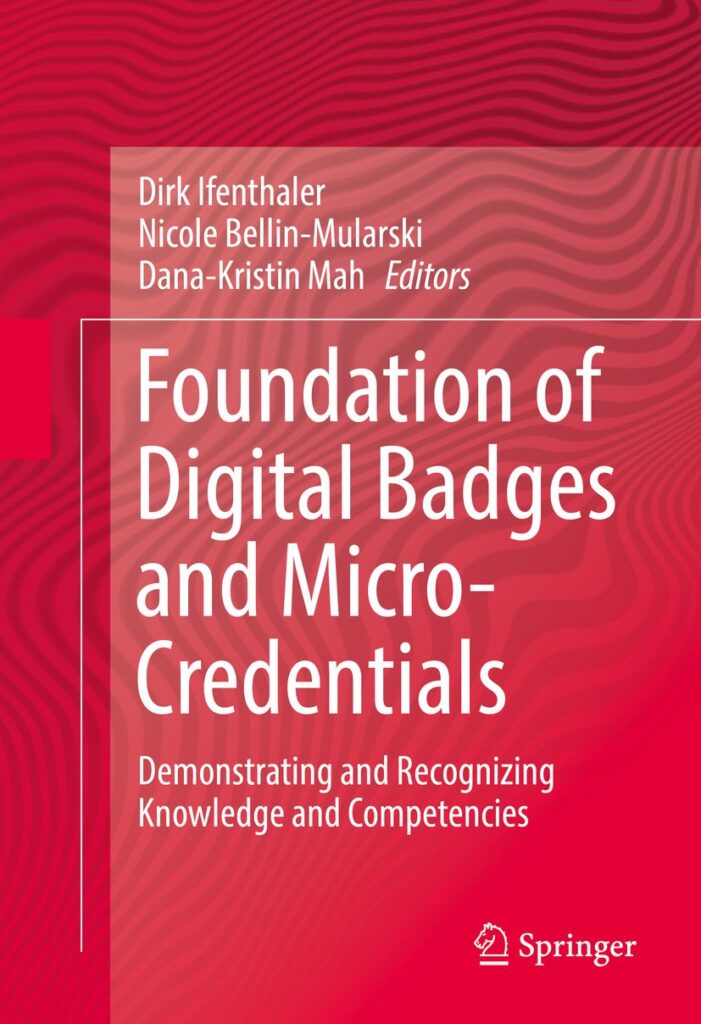Introduction
In today’s fast-paced, ever-evolving world, the traditional education system is being challenged by the need for continuous learning and skill development. The rapid advancement of technology, the shifting demands of the job market, and the increasing importance of lifelong learning have given rise to a new form of credentialing: micro-credentials. These bite-sized, focused certifications are becoming increasingly popular among professionals, employers, and educational institutions alike. But what exactly are micro-credentials, and why are they gaining so much traction? In this comprehensive article, we will explore the rise of micro-credentials, their benefits, challenges, and what you need to know to stay ahead in this new era of learning.
1. Understanding Micro-Credentials
1.1 What Are Micro-Credentials?
Micro-credentials are short, focused certifications that validate an individual’s skills, knowledge, or competencies in a specific area. Unlike traditional degrees or diplomas, which often require years of study and cover a broad range of subjects, micro-credentials are designed to be more flexible, accessible, and targeted. They can be earned through online courses, workshops, bootcamps, or other forms of short-term training.
1.2 Types of Micro-Credentials
There are various types of micro-credentials, each catering to different needs and industries. Some of the most common types include:
- Digital Badges: These are visual representations of a skill or achievement, often issued by online platforms or educational institutions. Digital badges can be shared on social media, resumes, or digital portfolios.
- Certificates: These are more formal than digital badges and often require the completion of a specific course or program. Certificates are typically issued by educational institutions or professional organizations.
- Nano-Degrees: These are short, intensive programs that focus on a specific skill or technology. Nano-degrees are often offered by online learning platforms and are designed to be completed in a matter of months.
- Micro-Masters: These are more advanced than nano-degrees and are often offered by universities. A Micro-Masters program typically consists of a series of graduate-level courses and can sometimes be applied toward a full master’s degree.
1.3 How Micro-Credentials Differ from Traditional Credentials
Micro-credentials differ from traditional credentials in several key ways:
- Focus: Micro-credentials are highly focused on specific skills or competencies, whereas traditional degrees cover a broad range of subjects.
- Duration: Micro-credentials can often be earned in a matter of weeks or months, compared to the years required for traditional degrees.
- Flexibility: Micro-credentials are often offered online and can be completed at the learner’s own pace, making them more accessible to working professionals.
- Cost: Micro-credentials are generally more affordable than traditional degrees, making them an attractive option for those looking to upskill without incurring significant debt.
2. The Drivers Behind the Rise of Micro-Credentials
2.1 The Changing Nature of Work
One of the primary drivers behind the rise of micro-credentials is the changing nature of work. The job market is evolving at an unprecedented pace, with new technologies and industries emerging rapidly. As a result, the skills required for many jobs are changing just as quickly. Traditional degrees, which often take years to complete, may not always keep up with these changes. Micro-credentials, on the other hand, offer a way for individuals to quickly acquire the skills they need to stay relevant in their careers.
2.2 The Demand for Lifelong Learning
The concept of lifelong learning has gained significant traction in recent years. As the half-life of skills continues to shrink, professionals are realizing that they need to continuously update their knowledge and skills to remain competitive. Micro-credentials provide a flexible and accessible way for individuals to engage in lifelong learning, allowing them to acquire new skills and knowledge throughout their careers.
2.3 The Rise of Online Learning
The proliferation of online learning platforms has made it easier than ever for individuals to access education and training. Platforms like Coursera, Udemy, and edX offer a wide range of micro-credentials that can be earned entirely online. This has democratized access to education, making it possible for people from all over the world to acquire new skills and knowledge without the need to attend a physical institution.
2.4 Employer Recognition and Demand
Employers are increasingly recognizing the value of micro-credentials. As the job market becomes more competitive, employers are looking for candidates who can demonstrate specific skills and competencies. Micro-credentials provide a way for job seekers to showcase their skills in a tangible and verifiable way. Additionally, many employers are now offering micro-credentials as part of their employee training and development programs, recognizing the importance of continuous learning in maintaining a skilled workforce.
3. The Benefits of Micro-Credentials
3.1 For Individuals
3.1.1 Career Advancement
One of the most significant benefits of micro-credentials for individuals is the potential for career advancement. By earning micro-credentials, professionals can demonstrate their expertise in specific areas, making them more attractive to employers. This can lead to new job opportunities, promotions, and salary increases.
3.1.2 Skill Development
Micro-credentials provide a way for individuals to quickly acquire new skills or deepen their existing knowledge. This is particularly valuable in industries where technology and best practices are constantly evolving. By earning micro-credentials, professionals can stay up-to-date with the latest trends and developments in their field.
3.1.3 Flexibility and Accessibility
Micro-credentials are often offered online and can be completed at the learner’s own pace. This makes them highly accessible to working professionals who may not have the time or resources to pursue traditional degrees. Additionally, the focused nature of micro-credentials means that learners can quickly acquire the skills they need without committing to a long-term program.
3.1.4 Cost-Effectiveness
Compared to traditional degrees, micro-credentials are generally more affordable. This makes them an attractive option for individuals who want to upskill without incurring significant debt. Additionally, many employers offer tuition reimbursement or other financial incentives for employees who earn micro-credentials, further reducing the cost.
3.2 For Employers
3.2.1 Talent Acquisition
Micro-credentials provide employers with a way to identify candidates who possess specific skills and competencies. This can streamline the hiring process and help employers find the right talent more quickly. Additionally, micro-credentials can serve as a form of pre-screening, allowing employers to verify a candidate’s skills before making a hiring decision.
3.2.2 Employee Development
Employers can use micro-credentials as part of their employee training and development programs. By offering micro-credentials, employers can encourage their employees to continuously update their skills and knowledge, leading to a more skilled and adaptable workforce. This can also improve employee retention, as employees are more likely to stay with a company that invests in their professional development.
3.2.3 Competitive Advantage
In a competitive job market, employers who recognize and value micro-credentials can gain a competitive advantage. By hiring and developing employees with up-to-date skills, employers can stay ahead of industry trends and maintain a competitive edge. Additionally, offering micro-credentials as part of employee development programs can enhance an employer’s reputation as a forward-thinking and innovative organization.
3.3 For Educational Institutions
3.3.1 Meeting Learner Demand
Educational institutions are increasingly recognizing the demand for micro-credentials among learners. By offering micro-credentials, institutions can attract a wider range of students, including working professionals who may not have the time or resources to pursue traditional degrees. This can help institutions expand their reach and remain relevant in a rapidly changing educational landscape.
3.3.2 Enhancing Curriculum
Micro-credentials can be used to enhance traditional degree programs by providing students with additional opportunities to develop specialized skills. This can make degree programs more attractive to prospective students and better prepare graduates for the job market. Additionally, micro-credentials can be used to create more flexible and modular curricula, allowing students to tailor their education to their specific career goals.
3.3.3 Revenue Generation
For educational institutions, micro-credentials can serve as a new revenue stream. By offering micro-credentials, institutions can generate additional income while providing valuable learning opportunities to students. This can be particularly beneficial for institutions facing budget constraints or declining enrollment in traditional degree programs.
4. Challenges and Considerations
4.1 Quality Assurance
One of the primary challenges associated with micro-credentials is ensuring their quality and credibility. With so many providers offering micro-credentials, it can be difficult for learners and employers to determine which credentials are reputable and which are not. To address this challenge, there is a growing need for standardized frameworks and accreditation processes that can help ensure the quality of micro-credentials.
4.2 Recognition and Transferability
Another challenge is the recognition and transferability of micro-credentials. While some micro-credentials are widely recognized and accepted by employers, others may not be. Additionally, there is often a lack of clarity around how micro-credentials can be transferred or applied toward traditional degrees. This can create confusion for learners and limit the value of micro-credentials in certain contexts.
4.3 Equity and Access
While micro-credentials have the potential to democratize access to education, there are still barriers that can prevent certain individuals from earning them. For example, not everyone has access to the technology or internet connectivity required to complete online micro-credentials. Additionally, the cost of micro-credentials, while generally lower than traditional degrees, can still be a barrier for some individuals. Addressing these equity and access issues will be critical to ensuring that micro-credentials can benefit a wide range of learners.
4.4 Integration with Traditional Education
Integrating micro-credentials with traditional education systems can be challenging. Many educational institutions are still primarily focused on traditional degree programs, and there may be resistance to incorporating micro-credentials into the curriculum. Additionally, there is a need for clearer pathways between micro-credentials and traditional degrees, so that learners can easily transfer their credits and continue their education if they choose to do so.
5. The Future of Micro-Credentials
5.1 Continued Growth and Adoption
The demand for micro-credentials is expected to continue growing in the coming years. As the job market becomes increasingly competitive and the need for continuous learning becomes more pronounced, more individuals and employers are likely to turn to micro-credentials as a way to stay ahead. Additionally, as online learning platforms continue to evolve and improve, the accessibility and quality of micro-credentials are likely to increase, further driving their adoption.
5.2 Standardization and Accreditation
As the micro-credential market matures, there will be a growing need for standardization and accreditation. This will help ensure the quality and credibility of micro-credentials, making it easier for learners and employers to recognize and value them. Standardization may also facilitate the transferability of micro-credentials between different institutions and contexts, further enhancing their value.
5.3 Integration with Traditional Education
In the future, we can expect to see greater integration between micro-credentials and traditional education systems. This may involve the creation of more flexible and modular degree programs that incorporate micro-credentials, as well as clearer pathways for transferring micro-credential credits toward traditional degrees. This integration will help bridge the gap between traditional and non-traditional forms of education, providing learners with more options and opportunities.
5.4 Personalized Learning Pathways
As technology continues to advance, we may see the emergence of more personalized learning pathways that are tailored to individual learners’ needs and goals. Micro-credentials will play a key role in this, allowing learners to acquire specific skills and knowledge that are relevant to their career aspirations. Personalized learning pathways could be facilitated by AI-driven platforms that recommend micro-credentials based on a learner’s interests, skills, and career goals.
5.5 Global Recognition and Mobility
As micro-credentials become more widely recognized and accepted, they may also facilitate greater global mobility for workers. With micro-credentials, individuals can demonstrate their skills and competencies to employers around the world, making it easier to pursue international job opportunities. This could lead to a more interconnected and dynamic global workforce, with workers able to move more freely between countries and industries.
Conclusion
The rise of micro-credentials represents a significant shift in the way we think about education and skill development. As the job market continues to evolve and the need for lifelong learning becomes more pronounced, micro-credentials offer a flexible, accessible, and cost-effective way for individuals to acquire the skills they need to stay competitive. For employers, micro-credentials provide a way to identify and develop talent, while for educational institutions, they offer new opportunities to meet learner demand and enhance their curriculum.
However, the rise of micro-credentials also presents challenges, particularly around quality assurance, recognition, and equity. Addressing these challenges will be critical to ensuring that micro-credentials can fulfill their potential and benefit a wide range of learners.
As we look to the future, it is clear that micro-credentials will play an increasingly important role in the education and workforce landscape. By staying informed and embracing this new form of credentialing, individuals, employers, and educational institutions can position themselves for success in the years to come. Whether you are a professional looking to advance your career, an employer seeking to develop your workforce, or an educator exploring new ways to engage learners, micro-credentials offer a powerful tool for achieving your goals.
See Also
-

Make Money While You Sleep: The Ultimate Guide to AI-Powered Passive Income
-

Microsoft Copilot Is Changing Work Forever — Here’s How It Impacts You
-

AI Agents Explained: What They Are and How They’re Revolutionizing the Future of Work
-

Is Gamma.app the Future of Presentations? A Brutally Honest Review
-

The Rise of Smart Enterprises: Inside the New Era of AI-Driven Business
-

Grok 3 Unleashed: The Next AI Revolution You Can’t Ignore!
-

AI and Human Collaboration: The Future of Work, Creativity, and Innovation
-

Unlocking AI’s Full Potential with Context-Based Prompting: A Complete Guide
-

Mastering Instruction-Based Prompting: The Secret to Unlocking AI’s Full Potential



